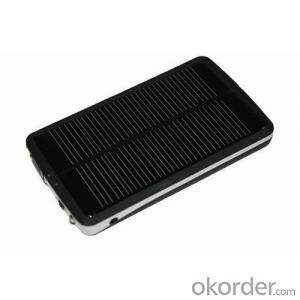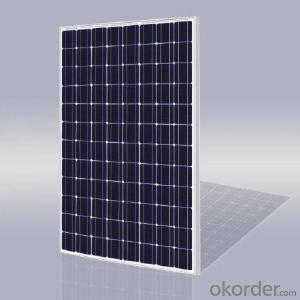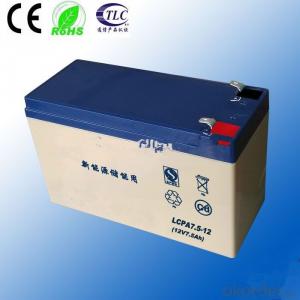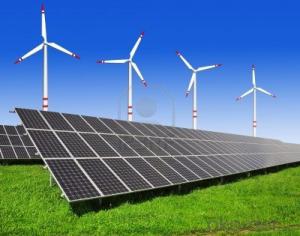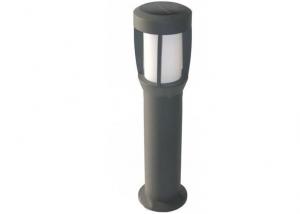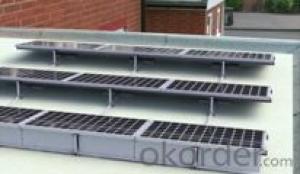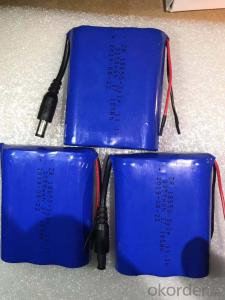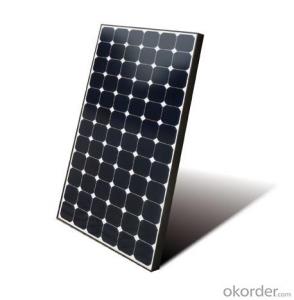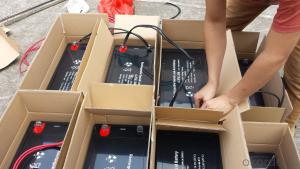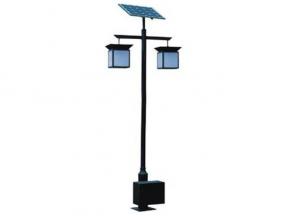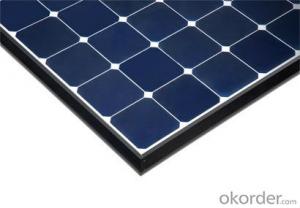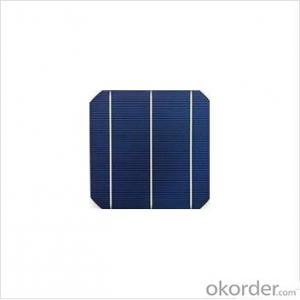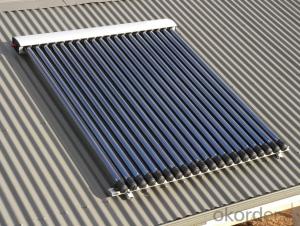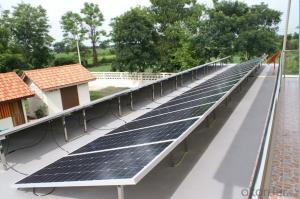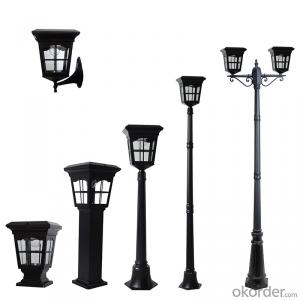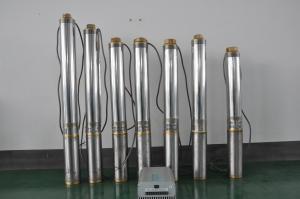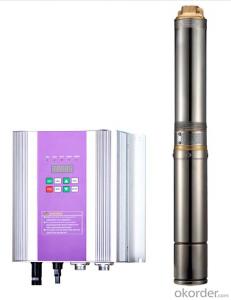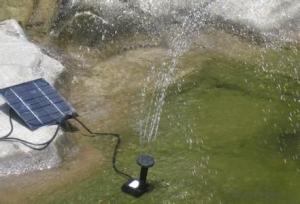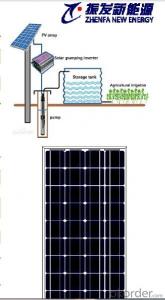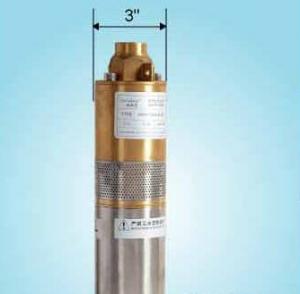Best Solar Cells
Best Solar Cells Related Searches
Best Solar Cells To Buy Best Solar Cells On The Market Best Solar Cells In The World Best Type Of Solar Cells Buy Solar Cells High Quality Solar Cells Best Place To Buy Solar Cells Best Solder For Solar Cells Buy Cheap Solar Cells Highest Efficiency Solar Cells Cheap Solar Cells Purchase Solar Cells Best Solar Inverter Better Solar Cells The Best Solar Inverter High Performance Solar Cells Buy Solar Panel Cells Low Cost Solar Cells Affordable Solar Cells Best Solar Battery Inverter Solar Best Inverter Solar Inverter Best Buy Organic Solar Cells Best Solar Power Inverter World Best Solar Inverter Buy Solar Cells Online Cheap Solar Cells For Sale Best Inverter Solar Buy Small Solar Cells Buy Solar Cells WholesaleBest Solar Cells Supplier & Manufacturer from China
Best Solar Cells, known for their high efficiency and durability, are leading products in the renewable energy industry. These solar cells are designed to harness sunlight and convert it into usable electricity, making them an ideal solution for both residential and commercial applications. They are widely used in various settings, including rooftop installations, solar farms, and portable power systems, providing a clean and sustainable source of energy. Okorder.com, a reputable online platform, serves as a wholesale supplier for Best Solar Cells, boasting a vast inventory to cater to the diverse needs of customers worldwide. By offering a comprehensive range of solar cell products, Okorder.com ensures that clients have access to the best solar technology at competitive prices, making it a go-to destination for those seeking to invest in renewable energy solutions.Hot Products

